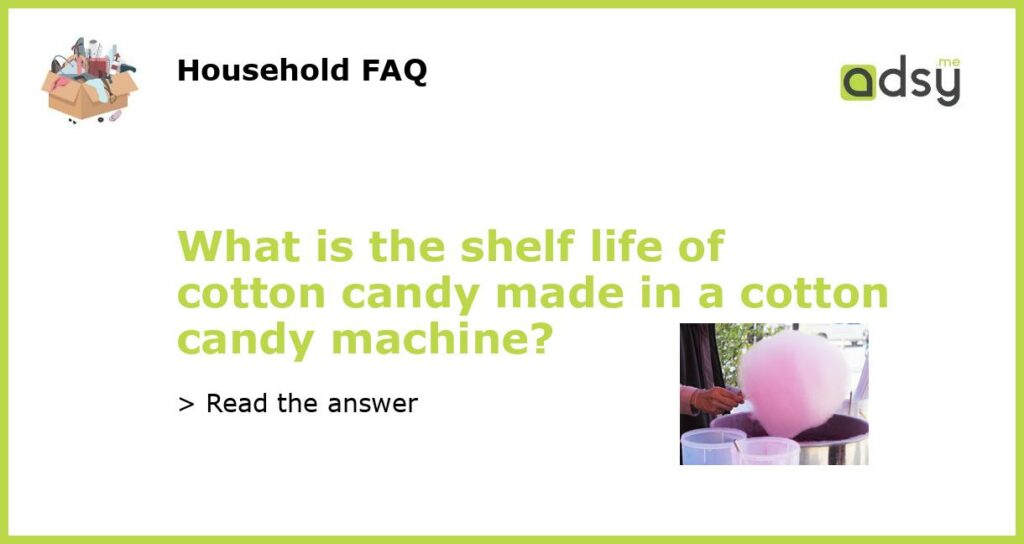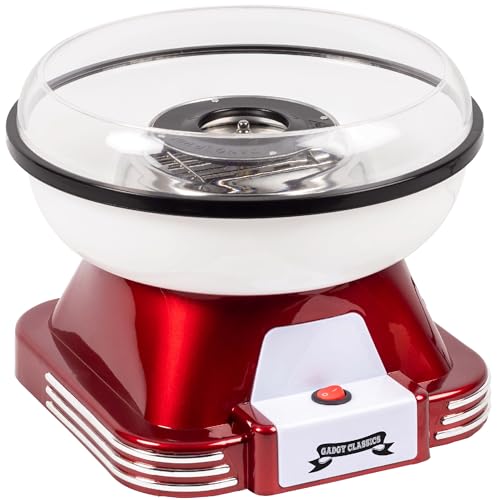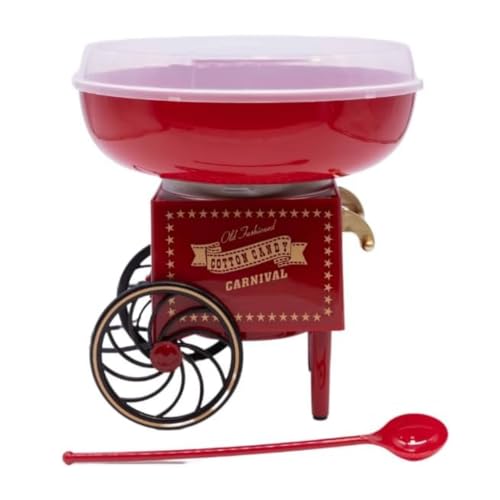Understanding the Shelf Life of Cotton Candy Made in a Cotton Candy Machine
Cotton candy is undeniably one of the most popular sugary treats that children and adults love. Its airy texture and sweet fluffy taste make it hard to resist. However, for businesses that make bulk cotton candy, the shelf life of their product is a crucial factor that affects their sales and reputation. Here’s everything you need to know about the shelf life of cotton candy made in a cotton candy machine.
Factors That Affect the Shelf Life of Cotton Candy
The shelf life of cotton candy depends on various factors, including the manufacturing process, storage conditions, and packaging. In general, cotton candy made in a cotton candy machine has a shorter shelf life than pre-packaged cotton candy sold in stores. The exposure to air and humidity usually shortens the shelf life, causing the sugar to crystallize and making the texture hard and less palatable.
The Average Shelf Life of Cotton Candy
The shelf life of cotton candy made in a cotton candy machine typically ranges from a few hours to a week. This period depends on the factors mentioned above. For instance, cotton candy that is packaged correctly and kept in a dry and cool environment can last longer than one that is left open in a humid place. It’s always best to consume cotton candy as soon as possible after purchase to enjoy it at its best quality and taste.
Ways to Increase the Shelf Life of Cotton Candy
Several ways can extend the shelf life of cotton candy. One effective method is to add stabilizers to the cotton candy mix to prevent sugar crystallization. Other ways include storing cotton candy in an airtight container, using a dehumidifier to maintain dry storage conditions, and keeping cotton candy away from direct sunlight and high temperatures that can cause the sugar to melt.
Cotton Candy Business Tips: How to Maintain Product Freshness
For businesses that make and sell cotton candy, maintaining product freshness is crucial for ensuring customer satisfaction and repeat business. Thus, they should invest in high-quality packaging that seals the cotton candy in airtight bags or containers to prevent exposure to air and moisture. Additionally, they should store the cotton candy in a cool, dry place and avoid exposing it to direct sunlight or high temperatures. Lastly, they should monitor the shelf life of their product regularly and remove expired cotton candy from their inventory to avoid selling stale cotton candy to customers.






